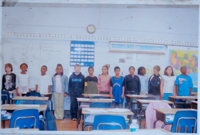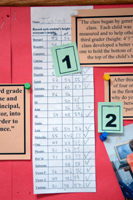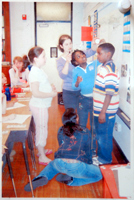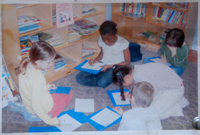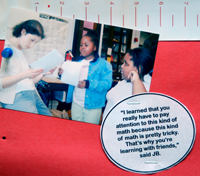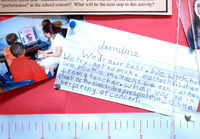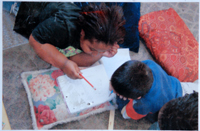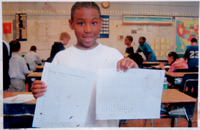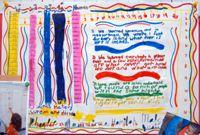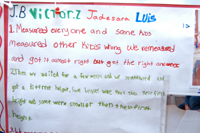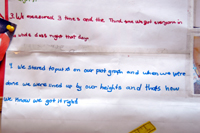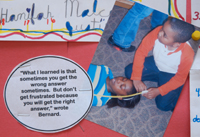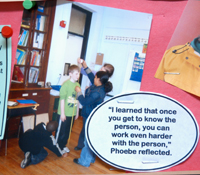Between March and June of 2006, Miriam Steinberg's third grade class at the Conservatory Lab Charter School studied measurement during math time and community time. She invited Annie Sevelius, Assistant Principal, and Masami Stampf, Learning Through Music Coordinator, into the classroom to document their multi-week project on measurment in order to help her class get a deeper understanding of "performance."
This is what happened...

